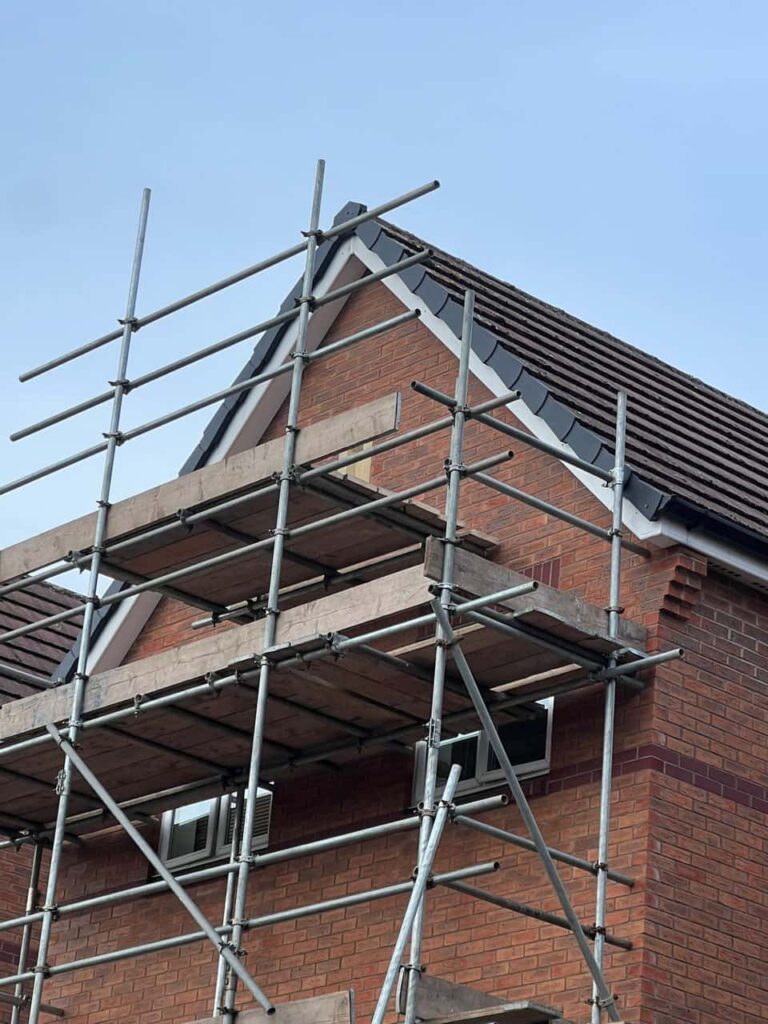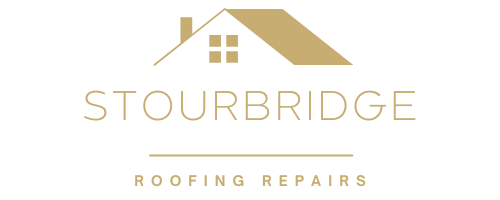Introduction: At Stourbridge Roofing Repairs, proactive maintenance is key to extending your roof’s life and ensuring your home’s safety. Regular inspections can help identify potential issues before they escalate into costly repairs. However, inspecting your roof can be hazardous if not done properly. This guide will walk you through how to inspect your roof for damage safely, offering practical tips and advice to help you perform a thorough check without risking your safety.
Why Regular Roof Inspections Are Important
Regular roof inspections are essential for several reasons:
- Early Detection of Problems: Identifying issues early, such as damaged shingles or flashing, can prevent more severe damage and costly repairs.
- Maintaining Roof Integrity: Regular checks ensure that minor issues are addressed before compromising the roof’s ability to protect your home.
- Extending Roof Life: Proactive maintenance helps prolong the lifespan of your roof by addressing wear and tear before it becomes a significant problem.
When to Inspect Your Roof
Consider inspecting your roof in the following situations:
- After Severe Weather: High winds, heavy rain, or snow can cause damage that needs immediate attention.
- Before and After Seasonal Changes: Regular inspections at the beginning of spring and autumn can help prepare your roof for the changing weather conditions.
- If You Notice Interior Issues: Water stains, damp patches, or mould inside your home may indicate roof damage that needs to be investigated.
Preparing for a Roof Inspection
Before you start your roof inspection, ensure you have the right equipment and take the necessary safety precautions:
1. Gather Essential Tools
- Ladder: A sturdy, extendable ladder that is tall enough to reach your roof safely.
- Binoculars: Binoculars are useful for inspecting hard-to-reach areas from the ground.
- Roofing Gloves: Protect your hands from sharp edges and debris.
- Safety Harness: A harness can provide added safety if you need to access the roof directly.
- Camera: To document any damage for future reference or professional evaluation.
2. Check the Weather
- Choose a Dry Day: Inspect your roof on a dry day to avoid slipping on wet surfaces and to get a clear view of any damage.
3. Ensure Safety
- Use a Stable Ladder: Ensure your ladder is placed on stable ground and is secured at the top.
- Have a Spotter: Have someone assist you by holding the ladder and keeping an eye out for safety.
- Avoid Risky Areas: Avoid walking on the roof unless necessary, and always prioritise your safety.
How to Inspect Your Roof for Damage
Follow these steps to perform a thorough inspection of your roof:
1. Inspect from the Ground
- Visual Check: Use binoculars to inspect your roof from the ground. Look for missing, curled, or damaged shingles and any visible debris or wear.
- Check Gutters: Look at your gutters for signs of granules from shingles, which can indicate wear. Ensure they are free of debris and properly secured.
2. Inspect the Roof Surface
- Accessing the Roof: If you need to get onto the roof, ensure you do so safely using a stable ladder and safety harness if required.
- Check Shingles: Look for cracked, curled, or missing shingles. Pay attention to areas where the roof meets walls or chimneys, as these are common spots for damage.
- Examine Flashing: Check the flashing around chimneys, vents, and skylights for signs of damage or rust. Flashing should be properly sealed and intact to prevent leaks.
3. Look for Signs of Damage
- Leaks: Look for water stains or damp patches on the roof surface, which could indicate leaks.
- Debris: Remove any debris, such as leaves or branches, that could cause damage or block drainage.
- Moss and Algae: Check for moss or algae growth, which can retain moisture and cause deterioration over time.
4. Check Roof Structures
- Chimneys and Vents: Inspect chimneys, vents, and other protrusions for cracks, missing parts, or signs of wear.
- Gutters and Downspouts: Ensure gutters and downspouts are clear of debris and functioning properly to direct water away from the roof.
When to Call a Professional
While a visual inspection can help you identify obvious issues, some problems may require professional expertise:
- Complex Repairs: If you find significant damage or are unsure how to address an issue, it’s best to call a professional roofer.
- Safety Concerns: If you’re uncomfortable accessing the roof or if it poses a safety risk, a professional can perform the inspection safely.
- Detailed Assessment: Professionals can provide a more comprehensive evaluation and offer expert repairs or maintenance recommendations.
Conclusion: Regular roof inspections are crucial for maintaining the integrity and longevity of your roof. Following the steps outlined in this guide, you can safely inspect your roof for damage and address minor issues before they become major problems.
Call us on: 01384 437 795
Click here to find out more about Stourbridge Roofing Repairs
Click here to complete our contact form and see how we can help you with your roofing needs.

